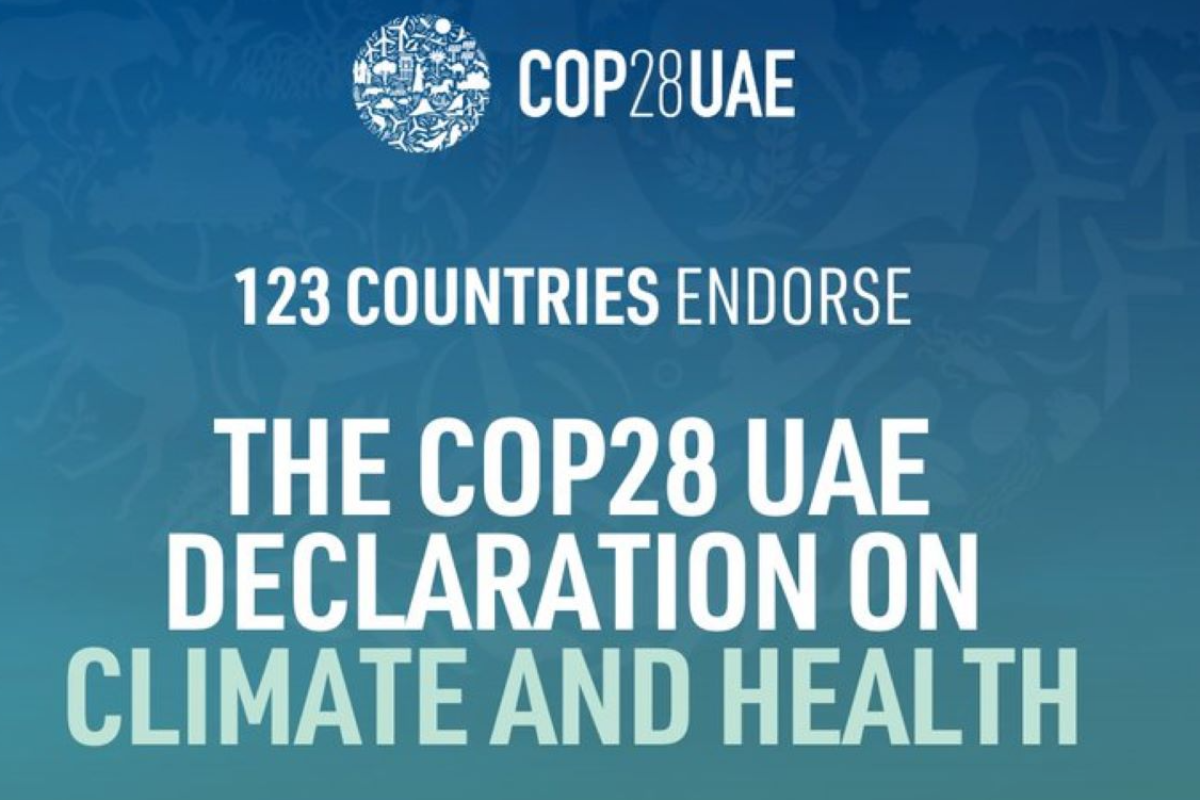Study for a methodological framework and assessment of potential financial risks associated with biodiversity loss and ecosystem degradation
Detalles
| One of the fundamental pillars of the European Green Deal is to prioritise the conservation and enhancement of natural capital. Amid key legislations and international commitments, the EU's sustainable finance agenda calls for transparency, urging financial institutions to align with nature-positive strategies. Biodiversity and nature loss pose multifaceted risks that go beyond the environmental realm and affect essential economic activities and the financial system in general. Recognizing these risks, both the public and private sectors are increasingly integrating nature and biodiversity into long-term strategies and risk assessments. The aim of this study is to improve the preparedness of the European financial sector by providing a flexible methodological framework, based on existing approaches to climate and natural risks. The study, which reviews existing best practices and frameworks, covers key definitions and steps for determining risk drivers, types, transmission channels, and exposure assessments. An assessment of the EU's sectoral exposure further reveals that the most susceptible sectors are agriculture, real estate and construction, and healthcare. This highlights the importance of nature's specificity. The framework developed helps financial institutions assess and manage biodiversity and nature-related risks, offering practical considerations for risk identification, prospective scenarios, and mitigation actions. The aim is to encourage financial institutions to embark on a journey towards progressively integrating nature-related risks into their sustainability frameworks and decision-making processes. |
Recursos relacionados
Commission Delegated Regulation (EU) 2023/2772 of 31 July 2023 supplementing Directive 2013/34/EU of the European Parliament and of the Council with regard to sustainability reporting standards
On 22 December 2023, Delegated Regulation (EU) 2023/2772, adopted by the European Commission, was published in the OJEU, which is…

Traceability in seafood supply chains and its implications for investors
A coalition of partners consisting of the FAIRR INITIATIVE, WWF US, UNEP FI, Planet Tracker and the Global Benchmarking Alliance…

COP28 Joint Declaration on Climate, Nature and People
The Joint Declaration on Climate, Nature and People underscores the crucial need to address climate change, biodiversity loss and land…


